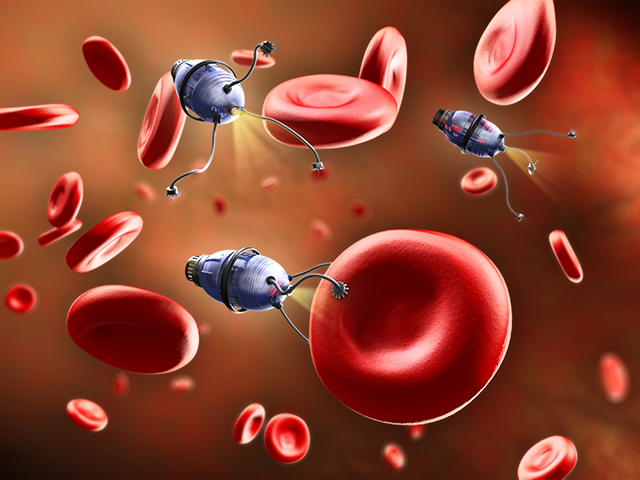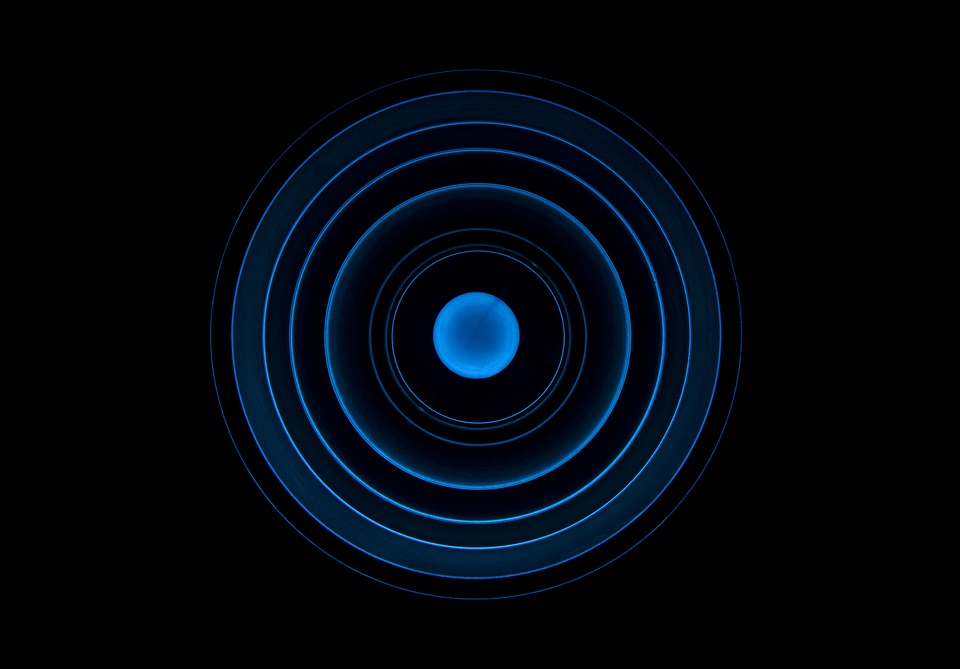A retinal prosthesis is being developed to restore sight to blind people
07/31/2018 / By Zoey Sky

Can organic printing inks help restore vision?
It looks like the answer could soon be a resounding “Yes,” as teams of researchers from Tel Aviv University and Linköping University are developing a simple retinal prosthesis that could restore sight to the blind.
The device will be made using affordable and common organic pigments often used in printing inks and cosmetics. The retinal prosthesis will also contain minuscule pixels similar to a digital camera sensor but on a nanometric scale.
Eric Glowacki, the principal investigator of the organic nanocrystals subgroup in the Laboratory of Organic Electronics at Linköping University in Sweden, supervised a group of researchers.
Glowacki and his team researchers worked on a very small and simple photoactive film that can turn light impulses into electrical signals. These electrical signals then trigger nerve cells or neurons.
The team of Swedish researchers, who specialized in electronic devices and nanomaterials, collaborated with researchers in Australia, Israel, and Italy to develop the technology.
The researchers worked to develop a revolutionary and “particularly pressing application,” namely artificial retinas that can, one day, help blind people see again.
Yael Hanein’s group, recognized as a world-leader in “the interface between electronics and the nervous system,” spearheaded experiments concerning vision restoration at Tel Aviv University in Israel.
How does the retinal prosthesis work?
The retina is made up of various thin layers of cells. While light-sensitive neurons in the back of the eye turn incident light to electric signals, other cells convert the nerve impulses.
These nerve cells go to the optic nerve and connect to an area of the brain called the “visual cortex.”
The visual cortex, or the V1, is a structure that is integral to the “conscious processing of visual stimuli.”
If an individual has lost their eyesight due to the degradation of light-sensitive cells, which are now unable to turn light into electric pulses, an artificial retina may be surgically implanted into their eye. The implanted artificial retina will be made of a thin circular film of photoactive material that functions like an individual pixel in a digital camera sensor.
Every microscopic pixel in the sensor is at least about 100 times thinner than a single cell. Each pixel is also a diameter smaller than the diameter of a strand of human hair.
The pixels are made of a pigment of semiconducting nanocrystals, which are inexpensive and non-toxic. The pigment is often used to make commercial cosmetics and tattooing ink.
Glowacki explained, “We have [optimized] the photoactive film for near-infrared light, since biological tissues, such as bone, blood, and skin, are most transparent at these wavelengths. This raises the possibility of other applications in humans in the future.” (Related: Blindness reversed in mice with artificial photoreceptors made of gold and titanium.)
The artificial retina looks like a microscopic doughnut. Glowacki added that the middle of the “donut,” which has a small metal ring around it, contains the pigment with nanocrystals. The retinal prosthesis doesn’t need any external connectors, with the nerve cells activated immediately and without any lag.
David Rand, a postdoctoral researcher at Tel Aviv University, shared that the response time of the prosthesis must be immediate so it can control the stimulation of nerve cells. Rand concluded that “the nerve cells are activated directly” thanks to the device, which “can be used to stimulate not only neurons in the brain but also neurons in non-functioning retinas.”
The results of the research were published in the scientific journal Advanced Materials.
You can read more articles about scientific research on revolutionary technology like this retinal prosthesis at FutureScienceNews.com.
Sources include:
Tagged Under: artificial retinas, biomedical research, biotechnology, blind people, blindness, breakthrough, future science, future tech, goodtech, innovation, inventions, medical tech, organic pigment photocapacitors, organic printing inks, prosthesis, retinal prosthesis, science and technology



















